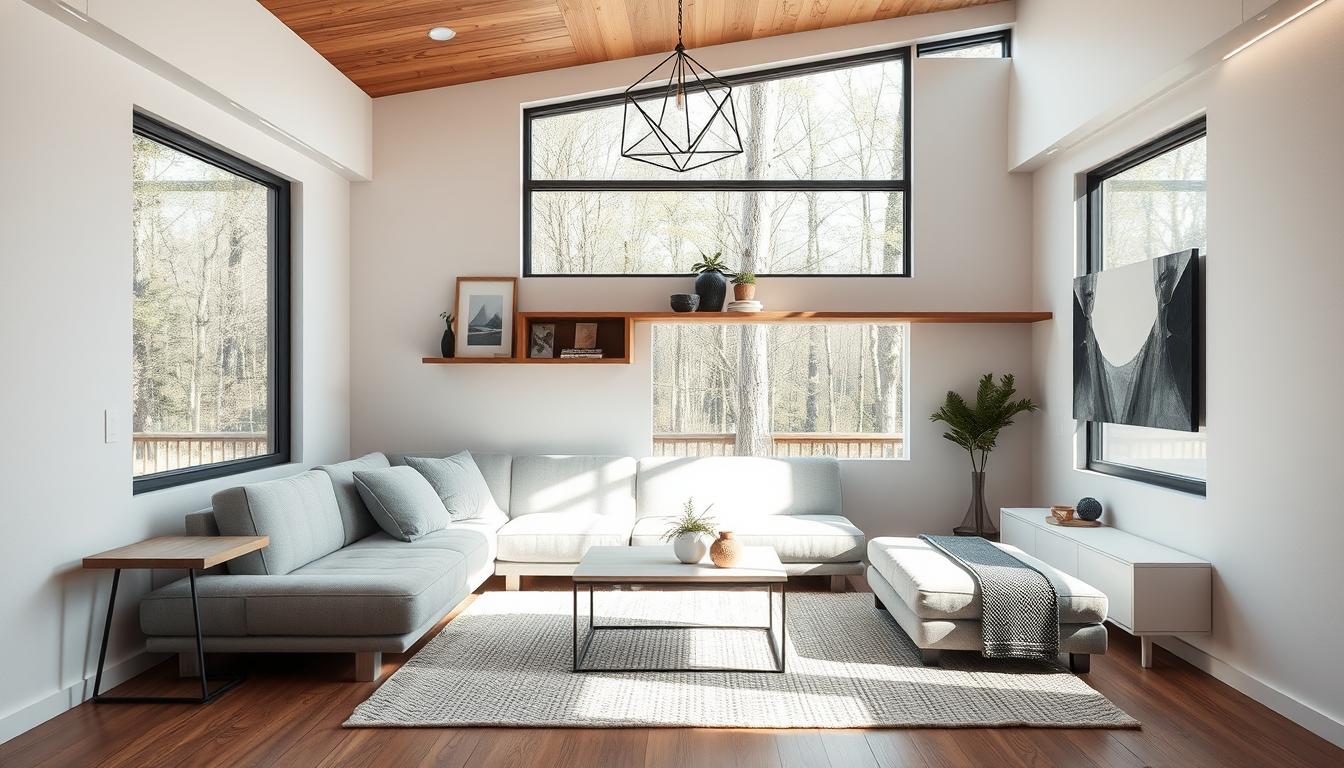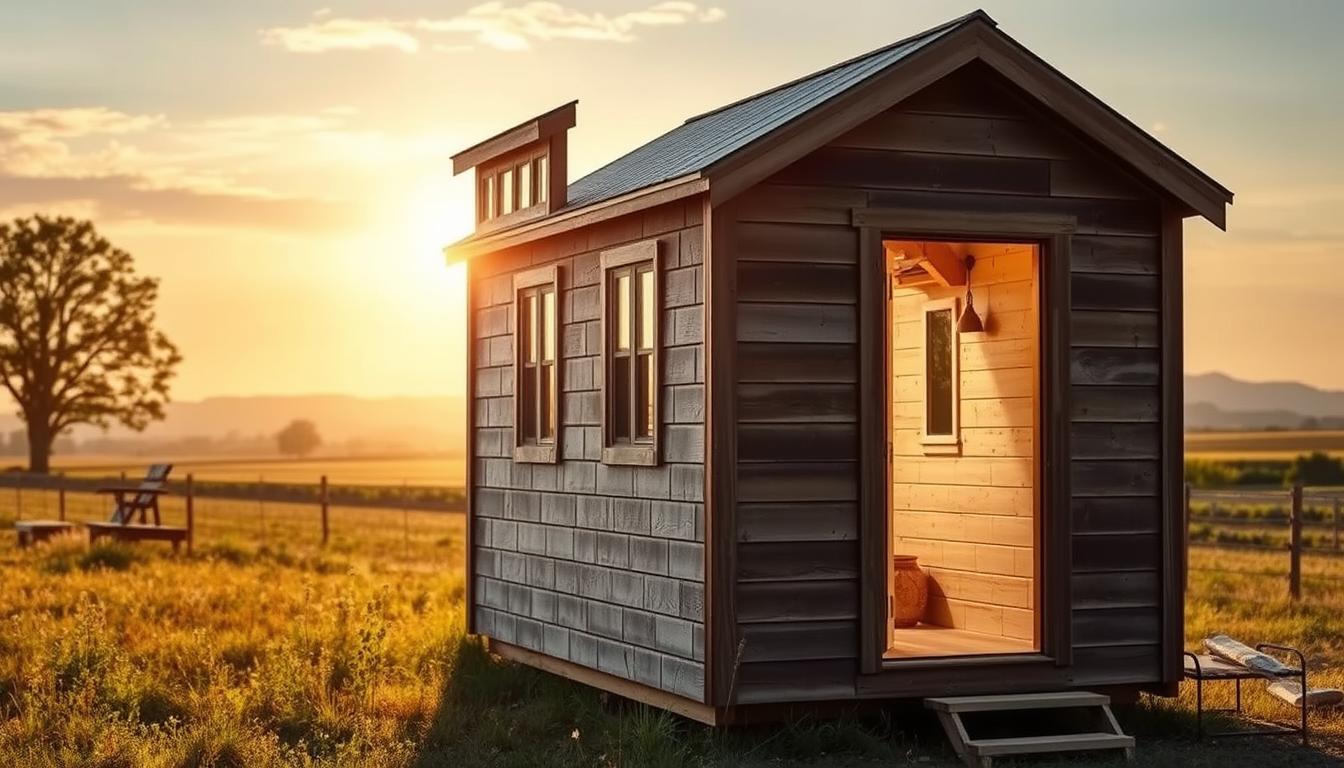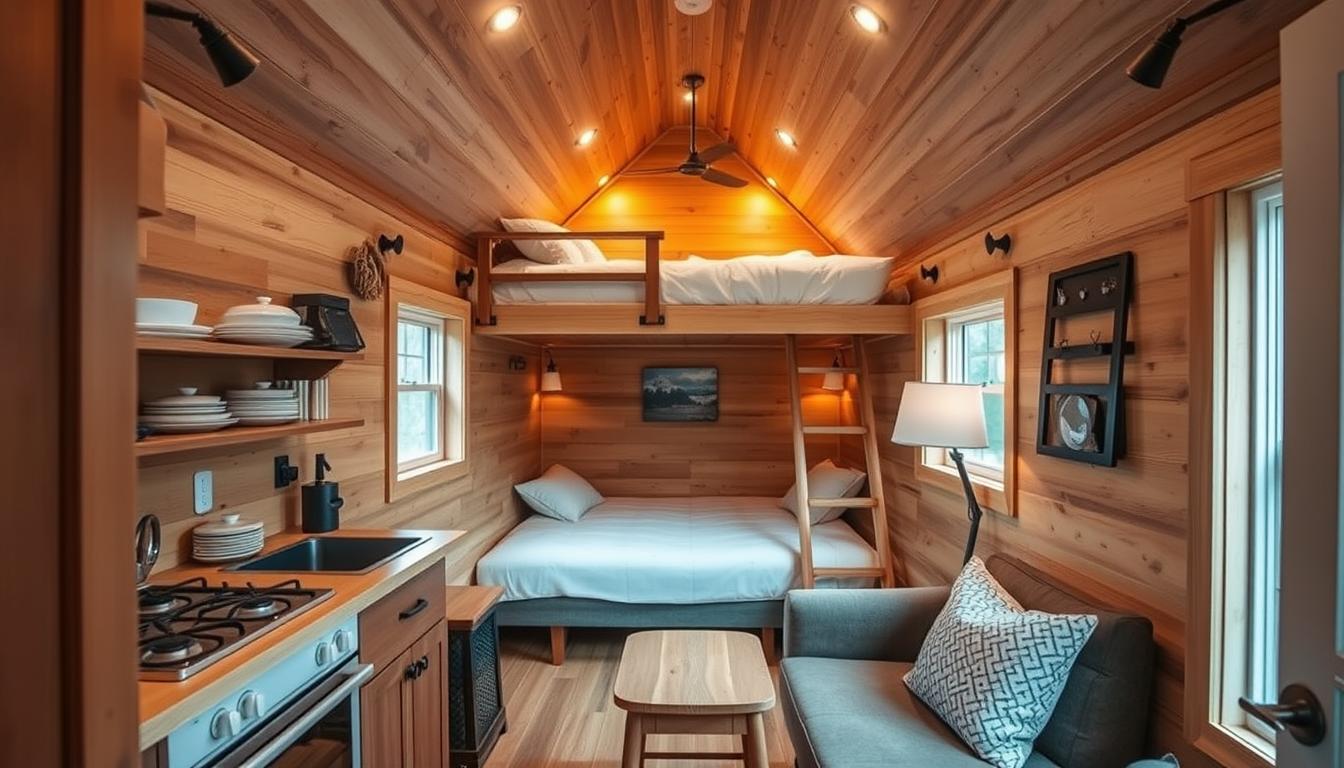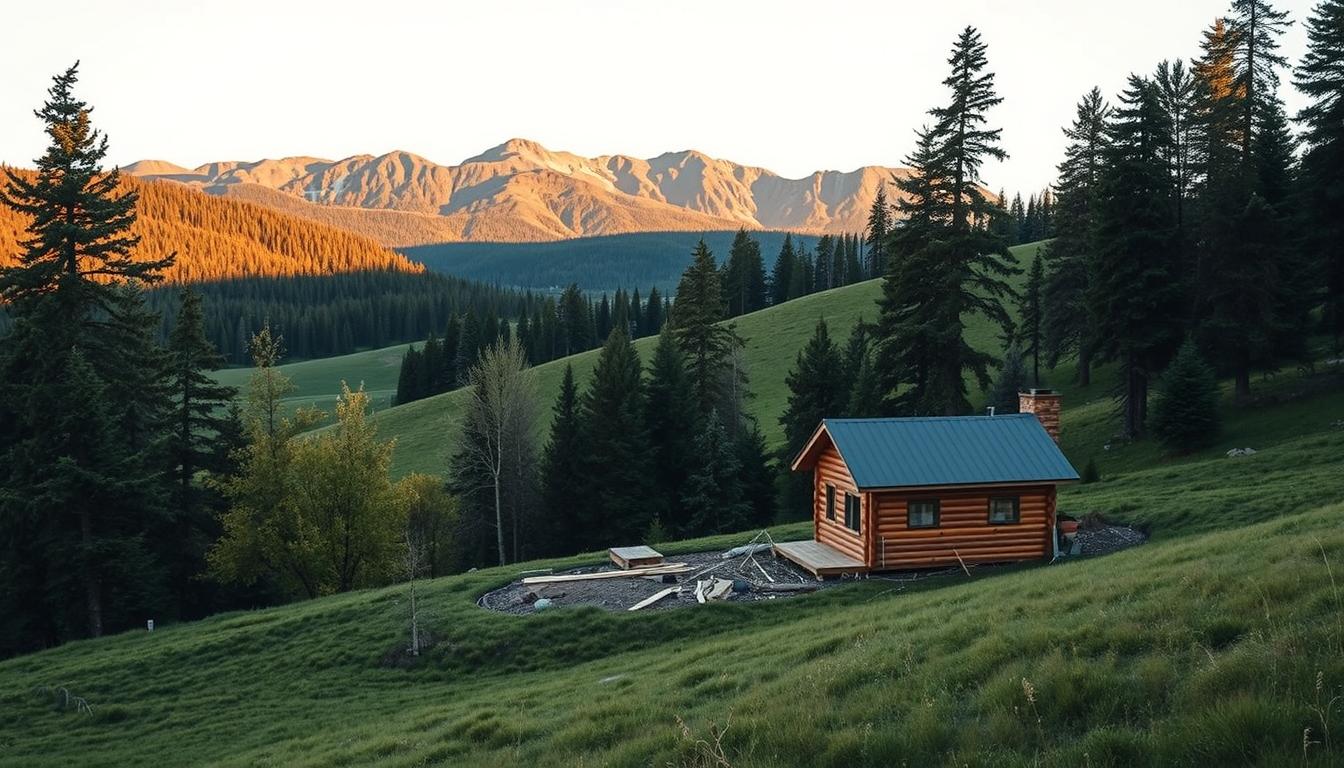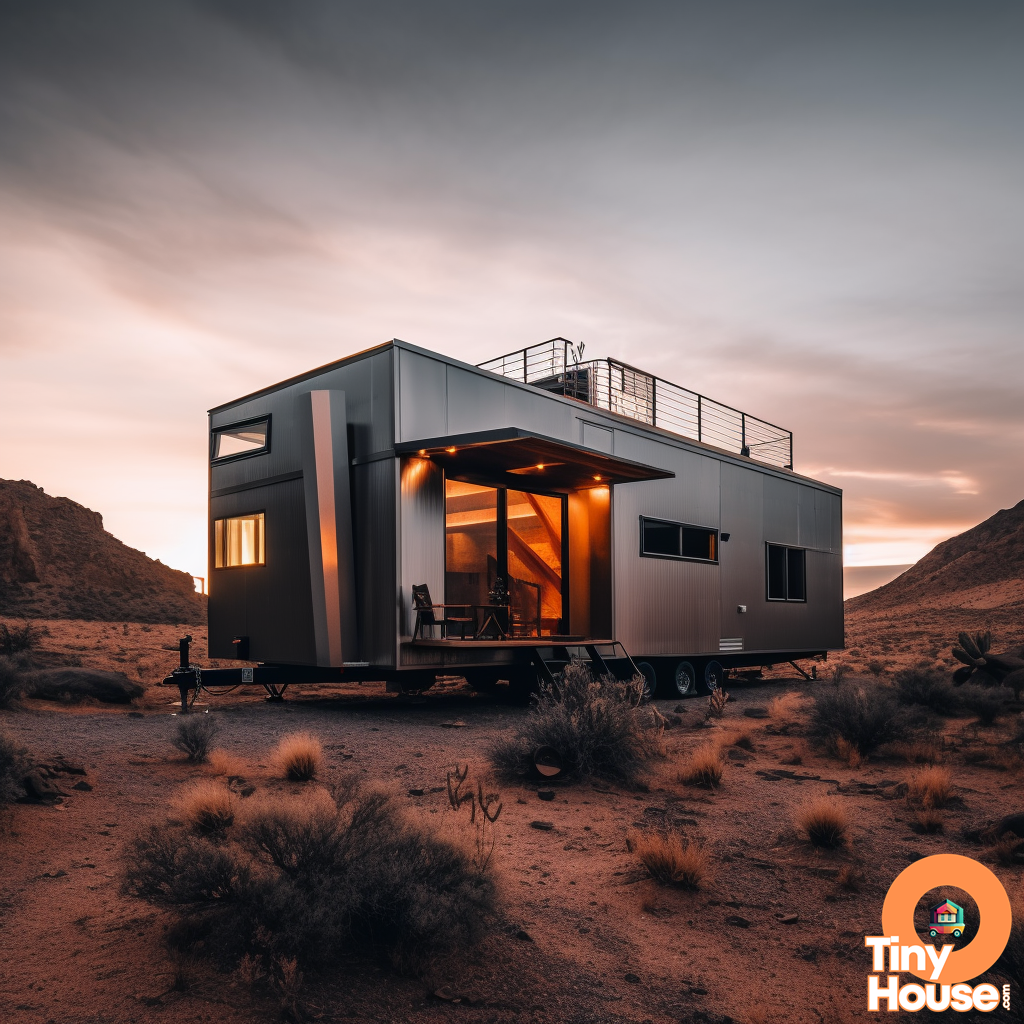
Introduction
Tiny houses have become an increasingly popular option for those looking to downsize, live a more sustainable lifestyle, or have a more affordable home. However, understanding the costs involved in building or buying a tiny house is crucial. In this comprehensive analysis, we’ll explore the various factors that impact the cost of a tiny house, including materials, labor, and other expenses. We’ll also provide information on affordable tiny house options, sustainable living, legal considerations, and answer frequently asked questions about tiny house costs.

Definition of a Tiny House
A tiny house is a small and efficient home that typically measures under 400 square feet, although some may be up to 500 square feet. Tiny houses are designed to maximize space and functionality, often featuring multi-functional furniture, clever storage solutions, and innovative design elements. They’re a popular choice for those who want to live a minimalist lifestyle, reduce their carbon footprint, or have a more affordable housing option.
Importance of Understanding the Cost of Building or Buying a Tiny House
Before deciding whether to build or buy a tiny house, it’s important to have a clear understanding of the costs involved. While tiny houses are often considered an affordable housing option, the reality is that the cost can vary widely depending on several factors, such as size, materials, location, and labor. By understanding the cost breakdown, individuals can make informed decisions about whether a tiny house is the right choice for them, and how much they can expect to spend.

Factors That Impact the Cost of a Tiny House
A tiny house can be a cost-effective and eco-friendly way to live sustainably. However, it’s important to understand the different factors that can impact the cost of building or buying a tiny house. These factors include:
- Materials: The cost of materials will depend on the size and type of tiny house being built. A tiny house on wheels will require a trailer, while a stationary tiny house will require a foundation. Other materials such as lumber, insulation, roofing, and siding will also impact the cost.
- Labor: Whether building the tiny house yourself or hiring a contractor, labor costs will be a significant factor in the overall cost. DIY tiny house builders can save on labor costs, but it will require more time and effort.
- Other expenses: Other expenses to consider include fixtures and appliances, permits and inspections, and transportation costs if the tiny house is being moved.
How Much Does It Cost to Build a Tiny House?
According to The Tiny Life, a website dedicated to tiny house living, the average cost to build a tiny house is $23,000. However, this is just an average, and the cost can vary widely depending on the factors listed above. Materials will generally account for the largest portion of the cost, with labor and other expenses making up the rest. The exact breakdown will depend on the specific project.

Buying a Pre-built Tiny House vs. Building a Tiny House Yourself
Another factor to consider is whether to build a tiny house from scratch or buy a pre-built tiny house. Buying a pre-built tiny house can be more expensive upfront, but it can also save time and money on labor costs. Building a tiny house yourself can be more affordable, but it will require more time and effort. Regardless of which option you choose, it’s essential to ensure that the tiny house meets safety standards and is built to code.
In conclusion, understanding the factors that impact the cost of building or buying a tiny house is crucial to making an informed decision. By considering the cost of materials, labor, and other expenses, as well as the option to build or buy a pre-built tiny house, you can determine the most cost-effective and sustainable approach to tiny house living.

Tips for Building a Tiny House Yourself
Building a tiny house yourself can be a rewarding and cost-effective option, but it requires careful planning and preparation. In this section, we will provide tips and guidance for those looking to build their own tiny house, including advice on materials, tools, and construction methods.

Choosing the Right Materials
Choosing the right materials is crucial when building a tiny house. Not only do you want to ensure that the materials are safe and durable, but you also want to keep costs down without sacrificing quality. Consider using sustainable materials such as reclaimed wood, bamboo flooring, and recycled glass countertops. These materials are not only eco-friendly but can also add character and charm to your tiny house.

Essential Tools and Equipment
To build a tiny house, you will need a range of tools and equipment, from basic hand tools like hammers and saws to power tools like drills and circular saws. It’s important to invest in high-quality tools that will last, as you will be using them extensively throughout the construction process. Consider renting or borrowing tools to save money, or purchase second-hand tools to keep costs down.

Construction Methods
There are several construction methods to choose from when building a tiny house, including stick-built, panelized, and modular. Stick-built construction involves building the house from scratch on site, while panelized construction involves assembling pre-fabricated panels on site. Modular construction involves building the house in sections in a factory and then assembling it on site. Each method has its own advantages and disadvantages, so it’s important to consider your budget, time frame, and desired level of customization when choosing a construction method.
Tips for Building a Tiny House Yourself
- Plan ahead: Building a tiny house yourself requires careful planning and preparation. Make a detailed plan of the construction process, including materials, tools, and timeline.
- Don’t skimp on quality: While it may be tempting to cut costs by using cheaper materials or tools, it’s important to invest in high-quality materials and tools that will last.
- Get help when you need it: Building a tiny house can be a daunting task, so don’t be afraid to ask for help when you need it. Consider hiring a contractor or enlisting the help of friends and family.
Insider Tips
- Consider using salvaged materials: Using salvaged materials can be an excellent way to save money. Check out local salvage yards and online marketplaces for materials like windows, doors, and flooring.
- Think creatively about storage: In a tiny house, storage can be a challenge. Consider using multi-functional furniture like a bed with built-in storage or a table that doubles as a desk.
- Join a tiny house community: Joining a tiny house community can provide valuable support and resources. Consider joining online forums or attending tiny house events to connect with others who are building or living in tiny houses.
Affordable Tiny House Options
When it comes to affordable tiny houses, there are different options to consider. Each has its own advantages and disadvantages:
DIY Tiny Houses
Building your own tiny house is a great way to save money, although it requires more time and effort. A DIY tiny house can cost anywhere from $10,000 to $30,000, depending on the materials used and size of the home.
Shipping Container Homes
Repurposing shipping containers into tiny homes is an eco-friendly and affordable option. However, they may have limitations in terms of design and may require additional modifications to make them livable. The cost of a pre-built shipping container home can range from $30,000 to $150,000.
Modular Homes
Modular homes are pre-fabricated in a factory and then assembled on site. They are a more efficient and affordable option, with costs ranging from $50,000 to $100,000. However, they may not be as customizable as other options.
Tiny House Communities
Joining a tiny house community can be an affordable option, as individuals can share resources and expenses. However, monthly rental fees may apply and there may be restrictions on space and design.
When choosing an affordable tiny house option, it’s important to consider your own needs and preferences. Costs can vary widely depending on the type of tiny house you choose, as well as factors like materials used, location, and size.
Sustainable Living Options with a Tiny House
Tiny houses can support a more eco-friendly lifestyle in several ways. First, they require less energy to heat and cool than traditional homes, which can reduce energy costs and carbon emissions. Second, they often use sustainable materials and features such as solar panels, composting toilets, and rainwater collection systems.
Benefits of Sustainable Living
Sustainable living practices can lead to a variety of benefits, including:
- Reduced environmental impact: Sustainable living practices can help reduce carbon emissions and protect the environment.
- Lower energy costs: Sustainable homes require less energy to heat and cool, which can save money on energy bills.
- Improved health: Sustainable living practices can lead to a healthier lifestyle, with benefits such as improved air quality and reduced exposure to harmful chemicals.
Tips for Sustainable Living in a Tiny House
Living sustainably in a tiny house requires some adjustments, but it can be done. Here are some tips for sustainable living in a tiny house:
Maximize Space
Use multi-functional furniture and clever storage solutions to maximize space and reduce clutter. For example, consider using a Murphy bed or a sofa bed to save space, or installing shelves and cabinets that double as room dividers.
Choose Sustainable Materials
Use sustainable materials such as bamboo flooring, recycled glass countertops, and reclaimed wood. These materials are often more durable and eco-friendly than traditional building materials.
Use Renewable Energy
Install solar panels or a wind turbine to generate renewable energy. This can help reduce your reliance on the grid and save money on energy costs over time.
Reduce Water Usage
Install low-flow fixtures and a rainwater collection system to reduce water usage. This can help save money on water bills and reduce your environmental impact.
By adopting sustainable living practices, you can minimize your environmental impact and live a more eco-friendly lifestyle in your tiny house.
Legal Considerations for Owning a Tiny House
Owning a tiny house is a unique living situation that comes with its own set of legal considerations. In this section, we will cover the zoning laws, building codes, and insurance requirements that you must keep in mind before building or buying a tiny house.
Zoning Laws
The laws that regulate the placement, size, and occupancy of tiny houses can vary. Some states and cities are friendlier to tiny house living than others. Before you invest in a tiny house, it’s important to research zoning laws in your area. This will help you avoid any legal issues that might arise.
Building Codes and Permit Requirements
Building codes and permits are essential requirements when building or buying a tiny house. These requirements will vary based on the location and type of tiny house being built. You must research the building codes and permit requirements in your area to ensure that your tiny house is safe and structurally sound.
Insurance Considerations
Unlike traditional homes, tiny houses can be more difficult to insure. It’s important to research insurance options and ensure that your tiny house is properly insured. You should speak with an insurance agent who specializes in tiny houses to find the best coverage for your needs. Remember, adequate insurance coverage can protect your investment and give you peace of mind.
Frequently Asked Questions About Tiny House Costs
If you’re considering building or buying a tiny house, you might have some questions about the cost. Here are the most frequently asked questions about tiny house costs:
How Much Does It Cost to Build a Tiny House?
The cost to build a tiny house can vary widely depending on factors such as materials, labor, and other expenses. The average cost is around $23,000, but some tiny houses can be built for as little as $10,000 or as much as $150,000.
When budgeting for your tiny house, it’s important to consider all the costs involved, including building materials, tools, and permits. If you’re planning to hire a professional builder, labor costs will also need to be factored in.
How Much Does It Cost to Buy a Pre-built Tiny House?
If you’re not comfortable with DIY projects, buying a pre-built tiny house is a good option. The cost to buy a pre-built tiny house can also vary widely, with prices ranging from $20,000 to $150,000 or more.
When considering buying a pre-built tiny house, it’s important to ask about any additional costs that may be involved, such as delivery fees or setup costs.
What Are the Ongoing Costs of Living in a Tiny House?
The ongoing costs of living in a tiny house will depend on factors such as utilities, maintenance, and insurance. However, because tiny houses are generally more energy-efficient and require less maintenance than traditional homes, the ongoing costs may be lower.
Another factor to consider is the cost of parking and land rental. Depending on where you park your tiny house, you may need to pay rent for the land or park it on a friend or family member’s property.
How Can I Reduce the Cost of Building or Buying a Tiny House?
To reduce the cost of building or buying a tiny house, consider options such as building it yourself, choosing affordable materials, and joining a tiny house community.
There are also alternative financing options available, such as personal loans or RV loans, that may offer more favorable terms than a traditional mortgage. Additionally, buying used or salvaged materials can help save on costs.
Conclusion
In conclusion, tiny houses offer a unique and affordable alternative to traditional housing. While the cost of building or buying a tiny house can vary widely, there are affordable options available. It’s important to carefully consider factors such as materials, labor, and other expenses to ensure that you stay within your budget.
In addition to being an affordable option, tiny houses also support eco-friendly and sustainable living. With a smaller living space, individuals can reduce their carbon footprint and enjoy a more minimalist lifestyle.
If you’re considering a tiny house, be sure to research zoning laws and regulations in your area, as well as building codes and permit requirements. It’s also important to consider insurance options for your tiny house.
At OTH, we’re passionate about sustainable living and helping individuals make informed decisions about their housing options. Check out our other content for more tips and insights on sustainable living.
As someone who has been in the sustainable living niche for over a decade, I have seen the tiny house movement grow from a small community to a global phenomenon. My experience in green living began when I studied environmental science in college and continued when I worked for a renewable energy company for several years. During that time, I researched and wrote articles on sustainable living practices and green technology. I have also attended and presented at sustainability conferences, including the Tiny House Jamboree in Colorado. My knowledge and passion for sustainable living have led me to create this comprehensive analysis on the cost of tiny houses. The information provided in this article is backed up by research from trusted sources, including The Tiny Life and the National Renewable Energy Laboratory.






